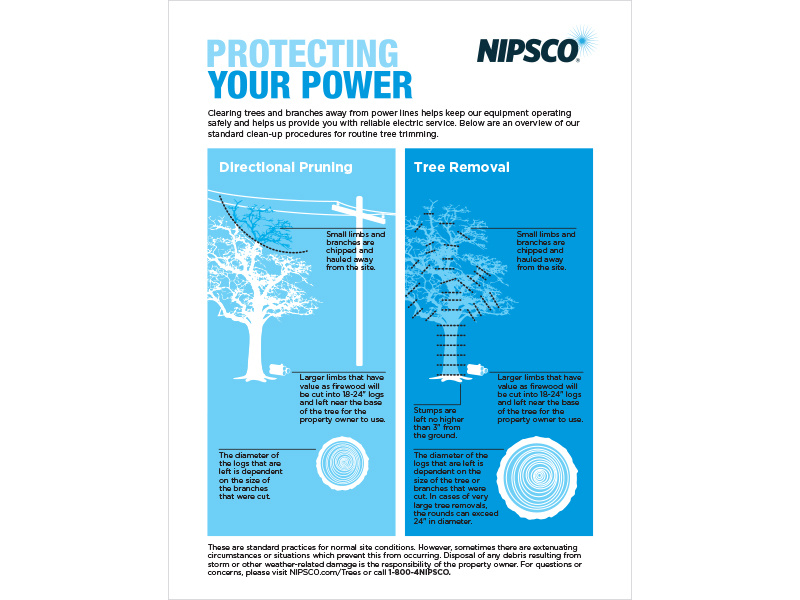The Environmental Implications Of Deforestation: Vital Facts To Be Aware Of
The Environmental Implications Of Deforestation: Vital Facts To Be Aware Of
Blog Article
Content Writer-Dickey Cochrane
When it pertains to the ecological influence of tree removal, there are vital elements that demand your focus. From the detailed web of relationships within environments to the subsequent results on climate patterns, the consequences are extensive. You might be surprised to uncover the intricate ways in which the elimination of trees can reverberate throughout the setting. Keep tuned to unwind the intricate connections and ramifications of this apparently simple act.
Logging and Environment Loss
Deforestation and environment loss are essential issues coming from tree elimination. When trees are lowered, it interferes with entire ecological communities. Not just are the trees themselves shed, however the homes and food sources of countless plant and animal types are damaged as well. Birds shed their nesting websites, animals shed their shelter, and pests lose their habitats. The impacts ripple via the food cycle, influencing killers and target alike.
Moreover, deforestation contributes to environment modification. Trees play an important function in absorbing carbon dioxide, a greenhouse gas that catches warm in the ambience. With less trees, there's much less carbon dioxide absorption, leading to enhanced degrees of this gas in the atmosphere and aggravating worldwide warming.
Habitat loss is a direct result of deforestation, as the devastation of forests implies the loss of special and diverse communities. Lots of varieties are not able to adapt to quick changes in their setting, leading to population declines and, in many cases, extinction.
Protecting forests is essential to preserving the fragile equilibrium of nature and guaranteeing the survival of many plant and pet types.
Impact on Biodiversity
The elimination of trees has a substantial influence on biodiversity, impacting the range and wealth of plant and animal species in a location. Trees offer habitat and food resources for countless microorganisms, from insects to birds to animals. When trees are gotten rid of, these types lose their homes and sources of nourishment, causing a decrease in their populations. This disruption can have plunging impacts on the whole ecosystem.
Additionally, trees play a crucial role in keeping biodiversity by developing microhabitats within their covers, trunks, and origins that sustain a wide variety of varieties. When trees are reduced, these specialized atmospheres are ruined, reducing the overall diversity of the area.
In addition, the removal of trees can lead to a decline in genetic diversity within plant populations, as certain tree species may no more be able to recreate or distribute effectively. Protecting trees and woodlands is essential for maintaining biodiversity and making sure the health of ecological communities for future generations.
Dirt Disintegration and Environment Modification
With trees being gotten rid of from an area, the disruption of dirt structure and security takes place, causing enhanced dirt disintegration. Trees play a vital duty in stopping erosion by holding dirt in place with their root systems. When trees are gotten rid of, especially in multitudes, the soil becomes a lot more vulnerable to disintegration from wind and water. This disintegration not only impacts the instant surroundings yet can additionally cause sedimentation in close-by water bodies, affecting water high quality and water ecological communities.
Moreover, trees aid control the climate by soaking up carbon dioxide during photosynthesis. When trees are reduced, this all-natural carbon sink is lessened, contributing to increased levels of greenhouse gases in the ambience. This can intensify environment adjustment, leading to even more extreme climate events and disruptions in ecosystems worldwide.
Consequently, please click the up coming website page of trees not just speeds up dirt disintegration yet also contributes in the bigger environmental issue of climate change. It's crucial to consider these factors when assessing the impacts of tree elimination on the setting.
Conclusion
Now that you know the environmental effect of tree elimination, think about the repercussions prior to cutting down trees. Logging disrupts ecosystems, reduces biodiversity, and adds to soil disintegration and environment adjustment. By being mindful of the effect of tree removal, you can assist shield our setting and maintain the fragile balance of nature. Make notified selections and take into consideration alternative services to decrease the adverse impacts on our planet.
